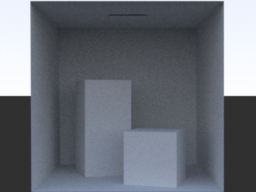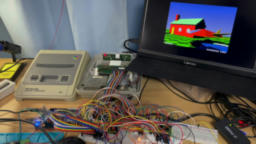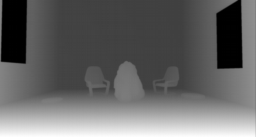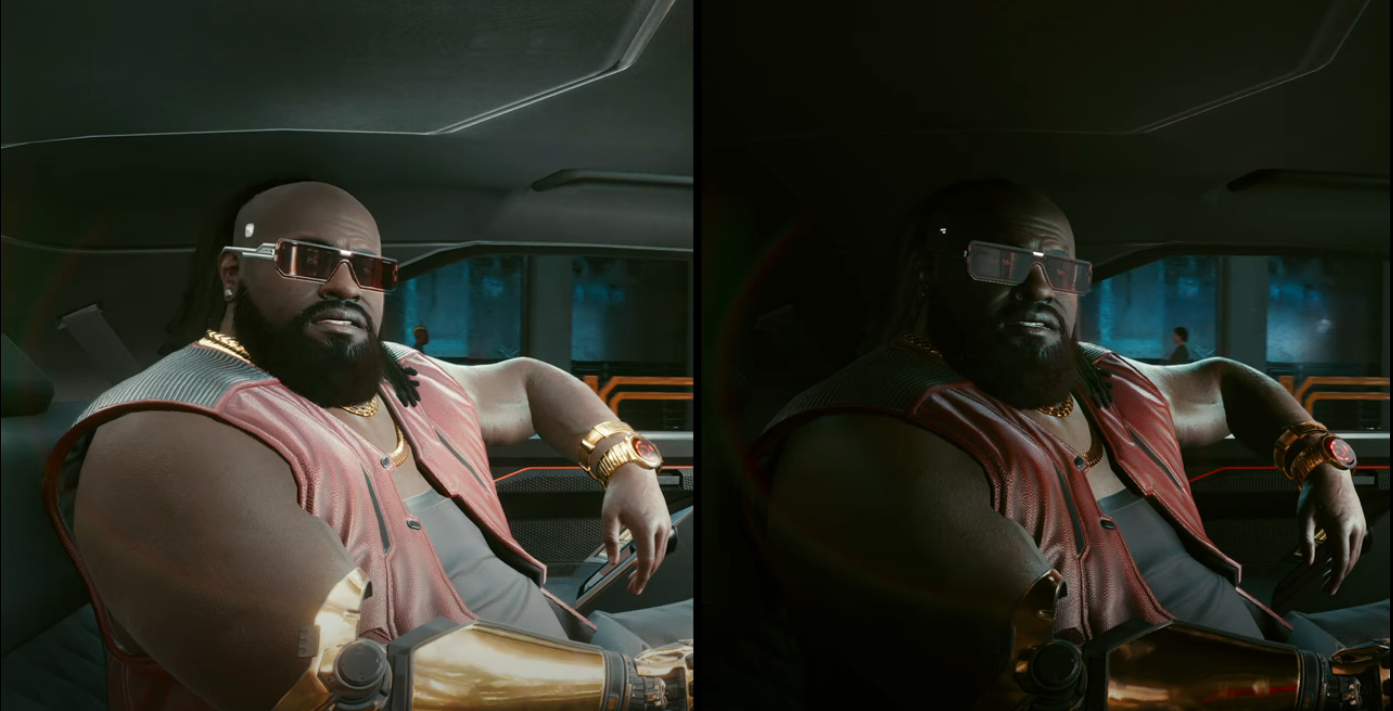- the article presents a breakdown of a Cyberpunk 2077 frame
- looking at the different passes that create the final image, what techniques are employed
- how the gbuffer is structured, volumetrics, decals, culling ….

- Vulkan tutorial that shows how to implement a Path Tracer in 300 lines of C++ using Vulkan compute shaders
- broken into multiple chapters that explain the fundamental concepts of Vulkan and path tracing
- additional chapters provide further information on optimizations, multiple materials, blurs, …

- the project that presents the implementation of a custom external raytracing card for use with the SNES

- the Unity tutorial explains how interactivity between player and grass can be implemented for geometry shader based grass
- additionally covers how to apply point light shading

- the article explains how to generate cables from cylinders
- based on the Unreal Cable component for the physics simulation, but all visual effects are implemented as pixel shader
- covers the spiral generation, normal generation, silhouette handling, and support for stretching

- the article presents an overview of what a Z-pre-pass is
- what benefits and drawbacks this technique has
- additionals discussion of techniques that can benefit from having access to a full scene z-buffer early in the frame

- in-depth Digital Foundry comparison between Raytracing and classical rendering features on PC
- presents what Raytracing adds to the final look of the game
- comparison of performance with different settings and the importance of DLSS

Thanks to Joakim Dahl for support of this series.
Would you like to see your name here too? Become a Patreon of this series.